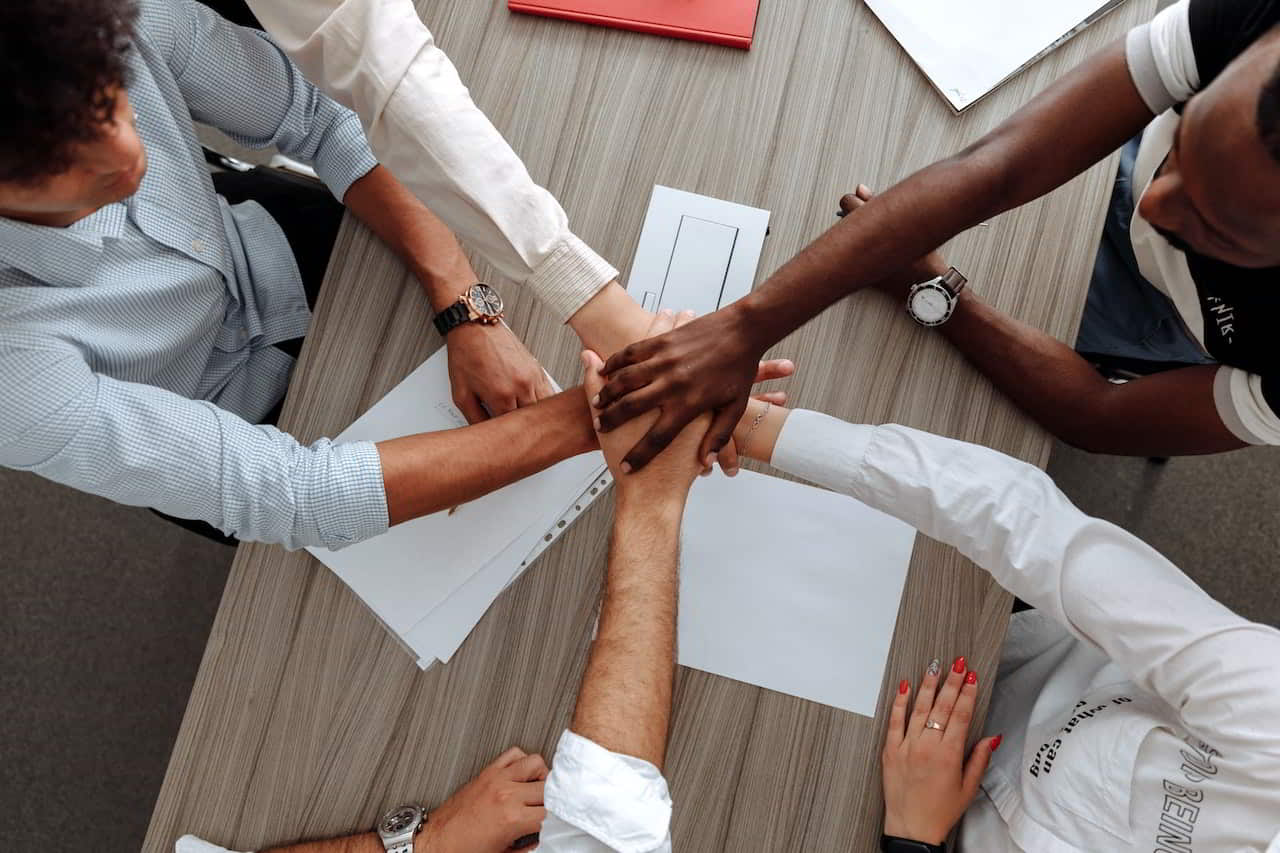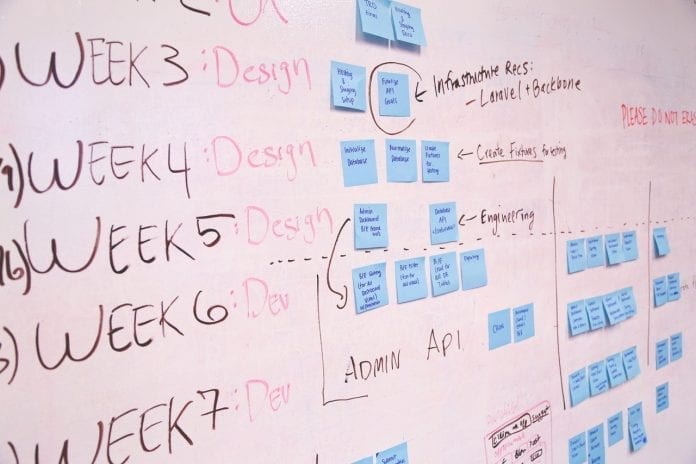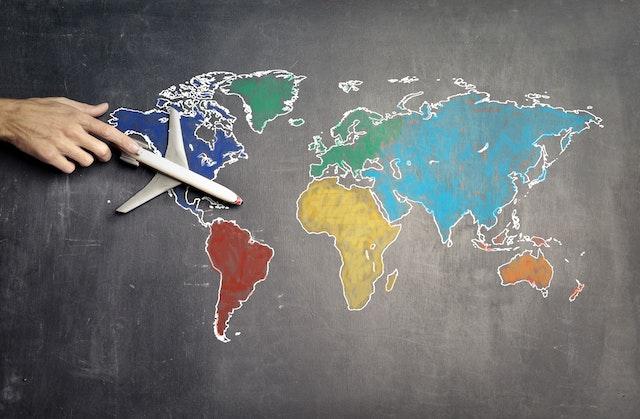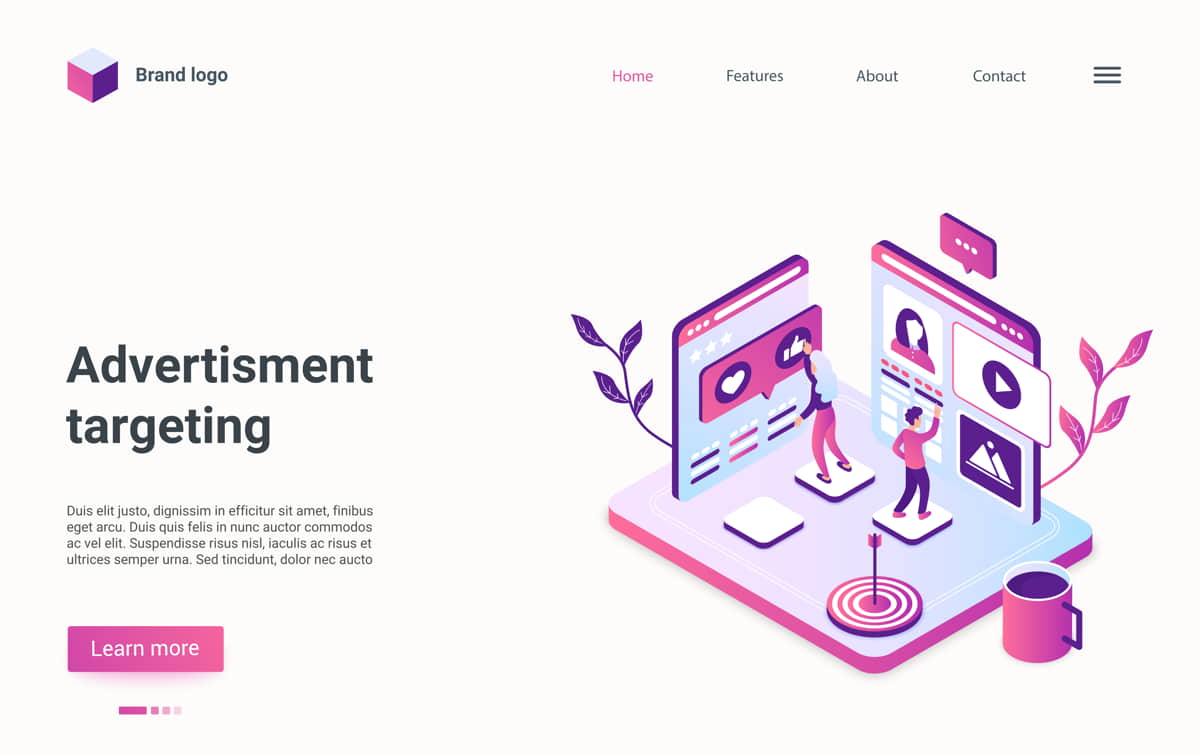ICON_PLACEHOLDEREstimated reading time: 8 minutes
At the mention of product, what comes to an average person’s mind is something tangible that can be sold in exchange for money. Many believe it’s not a product if it’s not tangible. Well, while a tangible item can pass for a product, a product can be a lot more than that.
Lumen Learning defines a product as any good, service, or idea offered to a market to satisfy a want or need.
The major takeaways from this definition are as follows
- A product can be an idea, service, goods or intellectual property
- It seeks to satisfy a need or want
- Products have a target market where it is offered to
- It can be intangible or tangible
- Keep all these points in mind as they will prove vital later.
Another vital point to keep in mind is that products have life-cycles and as such trends.
Recommended Article: Understanding Product Trends
Contents
What is Product Development?
We have now established what a product is, now it’s time to understand what it means to develop one?
Product development refers to the different stages that a product goes through; from the moment it’s conceptualized to the point it’s released to the market and beyond.
There are some stages involved in developing a product, and we would eventually get to that. However, do note that product development is slightly different in small businesses as against how it’s done in big companies.
What makes a business small is usually its capital, so small companies have little capital by default. And that problem of limited money, among others, make product creation slightly different for small businesses.
Challenging? Definitely! But is it usually worth it? You can bet it is! For some reasons.
Product Development Stages
There are different schools of thought on the stages of product development. The number ranges from 4 – 8. But it can be argued that some of the schools of thoughts merged some steps that should be separated, and others separated stages that should be merged.
However, the ideal most widely accepted 7 stages of product development are as follows
1. Ideation/Concept
The biggest and most successful businesses begin with an idea. Borrowing from the words of motivational speakers, if you can think it, you can achieve it. In other words, to create anything successfully, you have to first think of it. There must be ideation.
Your goal here should be to develop as many ideas that can lay a solid foundation for the coming new product.
From thinking about the product, you start to think of the ideal buyer and how it would be useful to them. Hence, you will create a buyer persona(s).
The ideation stage also involves considering customer requirements and exploring creative functionality designs to ensure the end product would be a potential solution that answers a known market need(s).
There will be many ideas here, and that’s fine. But not all have to be used. Just note them all, and as time passes by, you would decide the ones to use and the ones to be discarded.
2. Idea Screening
In stage one (ideation), ideas would come in different ways and form. But the truth remains that not all of these ideas would be used. So at this stage, your job is to choose the more promising ideas as far as success is concerned.
As a small business, you have a small team so used them effectively in this stage. Get them to examine the different ideas and choose the ones they believe is best for the business.
You have limited capital as a small business, and you don’t want to waste on an idea that wouldn’t bring returns. Hence, this process is critical. Mostly because the further you go in developing a new product, the more the cost increases.
When screening ideas, it’s not enough to check whether an idea is good or bad. You also want to analyze the idea to see if it fits your overall business strategy and direction. Not all good ideas are for your business.
During ideas screening, you should consider the marketability of the product or idea, pricing, time to produce and distribution access. All of these are fundamental as you screen through tonnes of ideas to enable you develop the most efficient product.
Don’t forget to use the help of your small team here. You can’t do it all on your own.
3. Concept Development and Testing
This involves crafting a detailed version (or versions) of the product idea from the customer’s perspective. While doing this, it’s crucial to understand that, though the concept has to be specific and detailed, it doesn’t mean you will include any type of packaging, branding, or advertising.
What the concept should focus at this stage is the basic principle of the product to measure the receptiveness of the consumer. You can do this in many ways, but surveys and/or qualitative would be used in most parts.
Out there, several product development examples can paint a clear picture of this point. For instance, say there is a small business trying to create a new product in their digital marketing and content marketing line. The small company may go-ahead to first create two products concepts and test each. This way, the business can determine which of them the target market prefers and make adjustments where necessary.
Your goal here is to discover how appealing each of the concepts is and choose the best one before proceeding.
4. Marketing Strategy and Business Development
This is the point where you have to make decisions on branding, advertising and other marketing decisions. Also, you’d want to know and analyze your competition, development costs, pricing strategies as well as projected profits.
Another name for this stage is marketing strategy development, and it’s made up of a few crucial aspects in developing a strong marketing mix. They include:
- Describe the target market and include the value proposition as seen from the customer’s perspective.
- Your goals in terms of profit over time, specifically within the first year
- Distribution, pricing, and budget allotment
- Sales projection over a long period
Sales estimate is essential in anticipating the risk involved in proceeding with development. One way to estimate sales is to assess current product offerings (in your business that of your competition) and carry out market surveys. Doing this will help you predict both minimum and maximum sales and make room for research-based decision making on proceeding with the new product idea.
Since this stage is also the final stage before producing a prototype, it’s even more important to gather as much information as possible to ensure that the costs needed to move forward fit in with the business’ overall strategy, and are more likely to result in growth in the long run.
5. Product Development
This is a fascinating stage in the entire process. You have laid a good foundation following through the other four stages above to this point. Now, it’s time for the product development proper. You are all set to build and test your product with your target market and see their reaction to it.
What you want to achieve here is to understand the target market further, know the attributes and features to add to the product, know the economically-friendly ways in which the product can be produced and the real cost of production and pricing.
Suggested: Understanding Product Trends
Building a Prototype
Before building and pushing the final product, you first have to develop a prototype. Using survey, market research and other data collection methods, you can create a prototype(s) using the features the target market have identified.
A prototype refers to a sample of product made from the initial concept development. A prototype is used to finally confirm that the product is desirable and workable with regards to engineering, design, and safety.
This stage often includes additional focus groups who will evaluate the prototype and share their opinions and experiences through the process. It will also confirm that the identified attributes are included in the product design.
6. Commercialization
Not many products make it to this stage, so congratulations are in order. To get here, you must have done the proper planning and testing with different individuals within the business.
Many consider this to be the final stage since it includes product launch, but not quite.
You surely have spent some money developing the product, some amount of money will still be spent here in pushing the product. Or what’s the point of creating a product no one would use.
We’ve frequently emphasized that the initial stages are where much investment, both time and financial, should be spent. This is primarily because at this point, if the decision to move forward with the full-scale launch is made, even more spending is necessary on advertising, sales, and promotion, as well as determining manufacturing facilities and distribution channels.
Your end goal here is to ensure the developed product gets to the target audience and profit returns to you. And how to do that will depend mostly on the product and target market.
And by the way, you don’t have to wait till your product is ready before you start marketing. You can begin marketing, while product development is still ongoing.
You will do this through compelling storytelling. Share every shareable step of the product development and challenges and major wins with the target audience while development is still going on.
This way, you have an audience patiently anticipating the product release and who would be glad to be the first set of users/consumers.
7. Post Product Launch
The product development process is an ongoing cycle, hence the need to include this final stage. You will make mistakes, and that’s fine. So, this stage allows you to note what worked and learn from what didn’t.
Evaluation is an essential part of any human endeavour, so you need to treat this with all seriousness.
So, there you have the 7 product development stages for small businesses. Which do you consider the most important and why? Leave a comment.


























Master Traders Vault is out and we have it.
Download 38 GB of trading content now.
You have 12 hours until THEY delete the links, because they are going to do delete them.
You have to take advantage of this, because we are not going
to upload the links back again.
Get Access to Forex Master Traders Vault